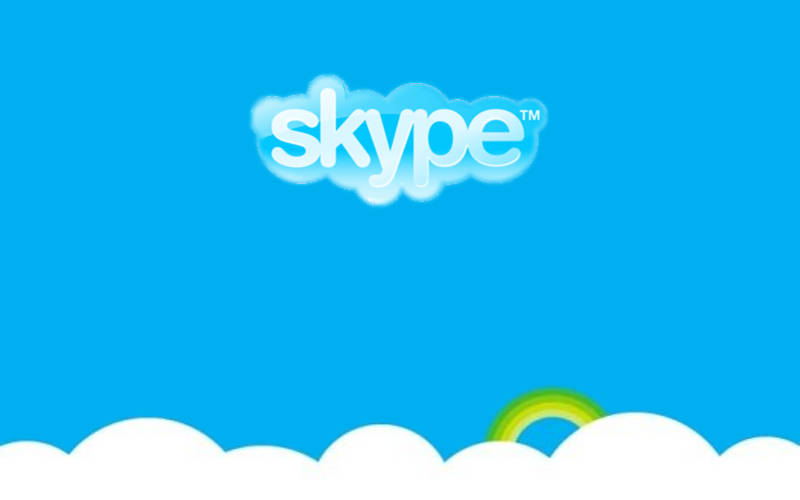Developers of third party Skype apps may not have access to the developer APIs of the desktop VoIP service much longer. In fact, support for the APIs could reportedly be dropped as soon as the end of 2013.
Which means, if you’re a developer and your app uses a Skype API (sometimes referred to as a headless Skype) to bring on board voice, video, chat, contacts or messaging functionality, you’ll have to look into updating your app to support new URIs:
Skype URIs enable developers to create mobile, web, and desktop apps that initiate Skype calls and chats. For example, if a mobile app presents a contact list that contains Skype names or phone numbers, your app can use a Skype URI to launch the official Skype client and initiate a call to a selected contact.
Skype URIs are the preferred mechanism for integrating with the Skype client, and are supported on iPhone, iPad, Android, Windows (8, 7, Vista, XP), and Mac OS X. Currently, Skype URIs do not interact with the Linux desktop client, Skype for Linux Version 4.0.
Since acquiring Skype in 2011 for $8.5 billion USD, Microsoft has been looking to position the service as an all-in-one instant messaging and VoIP application. The company shut down its Windows Live Messenger service everywhere but mainland China earlier this year. In addition, with its upcoming Windows 8.1 update due this August, Skype completely replaces the native Messaging application in the OS. The company is also looking to integrate it into its additional products, including Bing and Office, giving the entire Microsoft ecosystem a unified messaging service that will be difficult for Skype alternatives and competitors to match.

